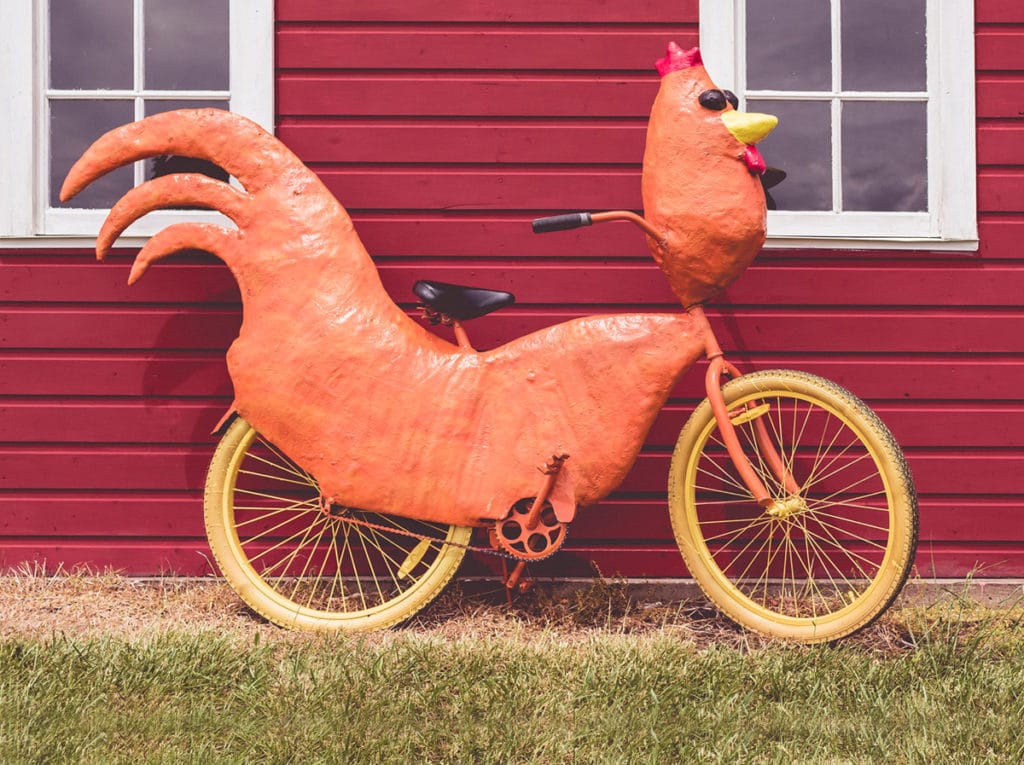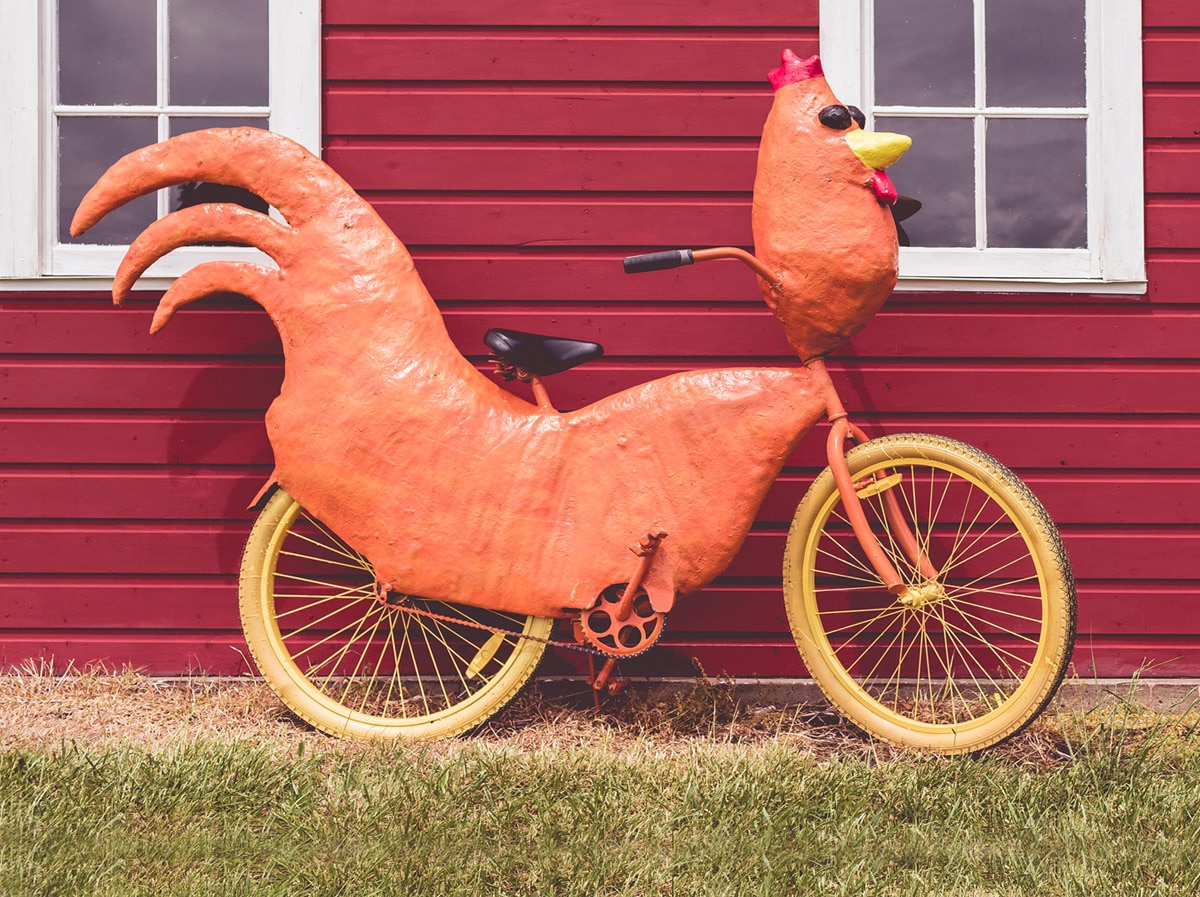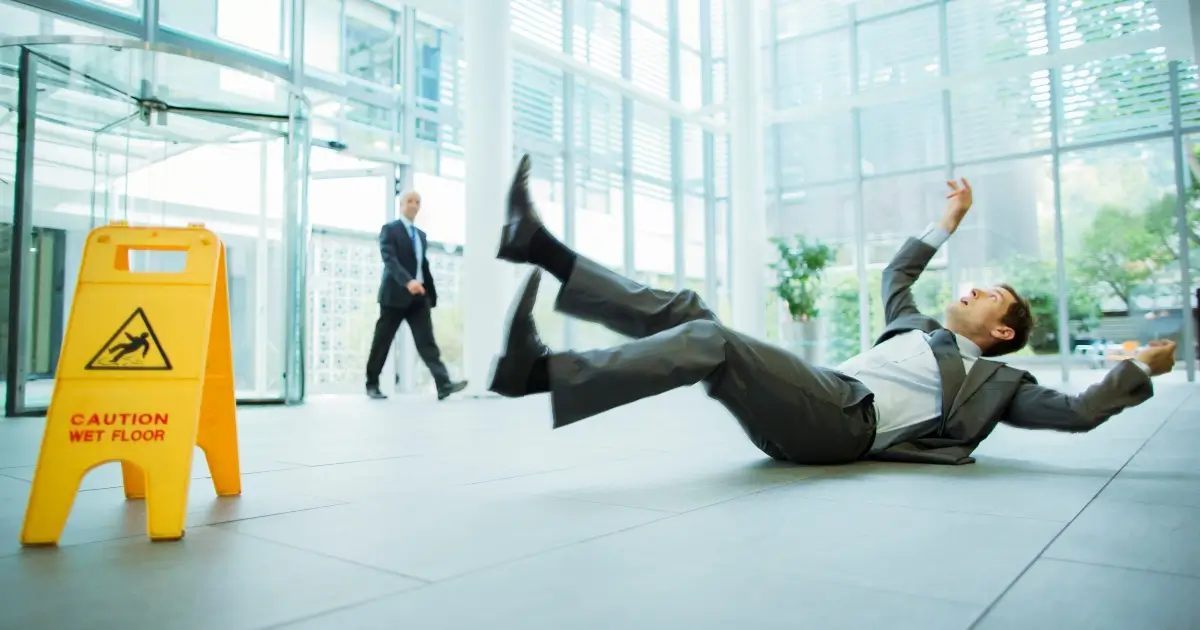Bicycle Safety Tips for Children

Learning to ride a bicycle is a popular requisite of growing up, and this makes bike safety for kids a concern for all parents. We can’t be with our children all the time, but we can take steps to ensure they’re properly protected when enjoying a brisk ride along the neighborhood streets. Here’s all the information you should know to take care of your little ones.
Common Dangers When Biking
There are a variety of bike safety worksheets out there, and we’ll certainly discuss the best tips for being safe. Before doing so, however, it’s important to recognize the biggest dangers facing young bicycle riders. Knowing these will not negate proper bike safety for kids, but it will help the kiddos avoid certain dangers altogether.
- Crosswalks: Crossing at crosswalks is imperative, but vehicles may not be expecting bicycles to enter the street.
- Potholes: Road hazards such as potholes, glass, leaves and gravel all present a significant and unexpected risk.
- Parked cars: Although parked cars may not seem dangerous, a sudden open door or merge into traffic can be dangerous.
- Lack of control: Children will often attempt to carry items in one hand while exercising minimum control over the bike.
- Bad equipment: A loose chain, faulty brakes or improperly inflated tires can all cause accidents.
- Turning: Sudden turns by children on bikes can surprise vehicle drivers on the road.
- Weather hazards: Ice, snow, heavy rains, slick roads and even wind can present dangerous conditions for children.
When discussing bike safety for kids with your youngsters, these are all essential elements to discuss. Even if our parents weren’t so adamant about safety when we were younger, the following statistics show just how important these measures really are.
Bike Safety Statistics
If any bike safety statistic demonstrates the necessity of appropriate protective measures, it’s that bicycle injuries send 25 children to emergency rooms every hour in the U.S. Young boys accounted for most of these injuries, and kids within the 10 to 14-year-old age range were most commonly involved in accidents.
The following statistics showcase how – even with improved focus on cycling safety – bike safety for kids is still a subject that deserves more attention:
- 6% increase in bicycle deaths between 2017 and 2018.
- Nearly 2 percent of all Ohio traffic fatalities involve bicycles.
- Besides automobiles, no other consumer product results in more childhood accidents.
- 254,000 children suffer bicycle-related injuries yearly.
While we all hope our children will exercise commonsense protective measures, appropriate bicycle safety requires a bit of guidance and preparation. Take the following tips into account before your child ever heads out for a ride on their bike.
Kids Bike Safety Tips
The most important safety tip for your child deserves to be mentioned on its own: be seen. This means riding during the day is safest, but regardless of when they set out, appropriate measures should be taken to ensure drivers on the road can see them. Consider the following:
- Wear bright, neon or flourescent colors at all times when riding.
- Utilize flashing lights or a reflective material (e.g. reflective tape).
- Cross slowly at intersections in case turning cars aren’t paying attention.
- Never ride against traffic. Cars may not see us until the last second.
- Lights/reflective materials should be on front and back of bike.
- When it comes to bike safety for kids, being seen is of the utmost importance. It’s also essential for children to maintain bike control by using a bicycle basket or bookbag when carrying items along for the ride. One hand on the handlebars is not enough to ensure proper control.
- You should also teach your children the following safety measures to ensure constant protection when on the road:
- Check all equipment: Make sure the equipment on a bike (e.g. tires, chain, etc.) are all properly working before heading out.
- Adjust the bicycle: You can adjust the seat and handlebars to more appropriately fit your child. There should be a slight bend in the knees when riding, and the seat should be level.
- Wear a properly-fitted helmet: A helmet that doesn’t fit properly may be useless. The Center for Cycling Education provides tips on proper fitting.
- Watch for and avoid road hazards: All potential road hazards should be avoided.
- Avoid riding at night: Riding at night reduces the chance that drivers will see cyclists – especially if they’re small.
- Remain predictable: Appropriate bike safety for kids means no sudden movements. These can surprise drivers or simply cause accidents on their own.
- Always remain alert: Children should never “space out” when riding. Complete alertness at all times is necessary.
- Yield to traffic: There are times when your child will have the right of way, but they should always yield in case drivers aren’t paying attention.
- Appropriate kids’ bike safety requires vigilance on the part of both parents and children. As an adult, though, it’s your responsibility to ensure they understand their responsibility.
Take Bike Safety for Kids Seriously
As portrayed by many of the statistics discussed above, taking proactive measures to protect children riding bikes isn’t something to ignore. Serious injuries happen every year, but you can minimize the likelihood of these occurrences by just following a few tips on bike safety for kids. Make sure you and your little ones have an enjoyable and safe summer!
Comments are now closed




Comments